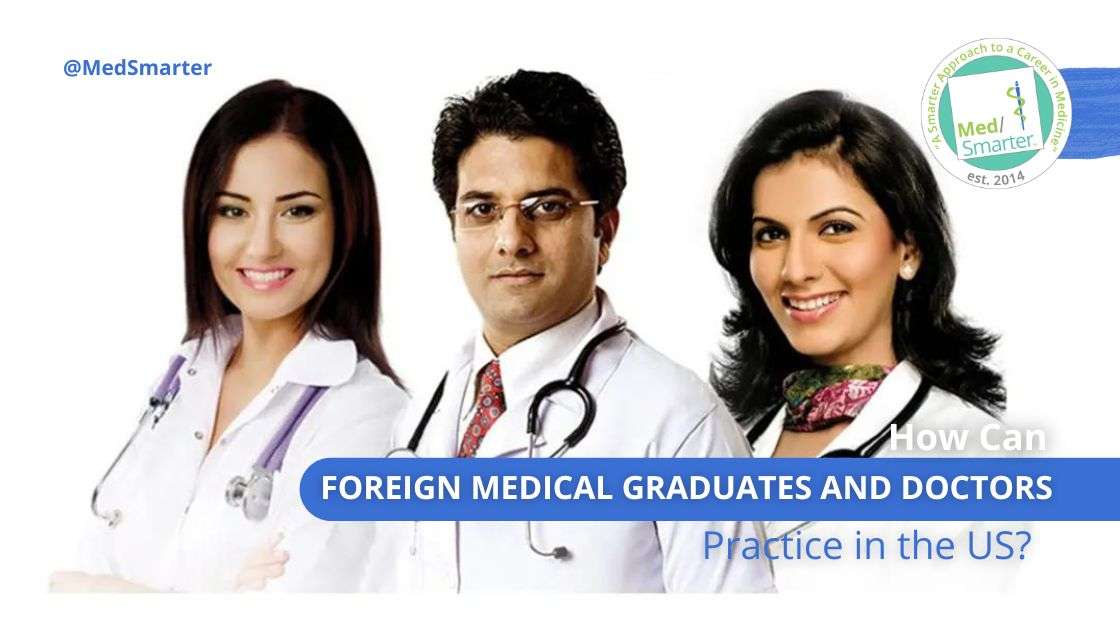Comparison to Traditional Medical Programs
Traditional medical programs often adhere to a standardized curriculum across institutions within a country. In contrast, study abroad programs may offer a more flexible and tailored approach to medical education, focusing on specific medical areas or regional healthcare systems. This flexibility often allows students to gain specialized knowledge and practical experience in diverse settings. The curriculum often includes international perspectives, enabling students to learn about different healthcare models and cultural approaches to health.
However, it’s important to consider that these programs may not fully align with all licensing and certification requirements for practicing medicine in a particular country.
Curriculum Addressing Global Health Issues
Many study abroad programs explicitly integrate global health issues into their curriculum. This integration often takes the form of dedicated courses, research opportunities, or community health initiatives. For instance, a program might include a course on the epidemiology of infectious diseases in a specific region, or a research project on the prevalence of a particular health condition in a community.
These experiences allow students to gain a practical understanding of how to address health disparities and complex healthcare challenges in different parts of the world. Students can learn about the social determinants of health and how cultural context impacts healthcare delivery.
Program Curriculum Comparison Table
| Program | Course Structure (vs. Traditional) | Global Health Focus | Level of Medical Education | Similarities |
|---|---|---|---|---|
| Program A | More flexible, specialization in tropical medicine | Dedicated modules on tropical disease epidemiology | Post-graduate | Focus on fundamental medical concepts |
| Program B | Combination of pre-clinical and clinical rotations | Community health projects in underserved areas | Undergraduate | Emphasis on patient care and practical skills |
| Program C | Emphasis on public health | Research on health disparities in a specific region | Post-graduate | Integration of theoretical and practical components |
Practical Aspects of Studying Abroad
Securing a spot in a prestigious medical study abroad program requires careful planning and adherence to specific procedures. The process encompasses application, financial considerations, visa requirements, and potential funding avenues. Understanding these practical aspects is crucial for successful international medical education.The selection process for these programs often involves rigorous application procedures, including academic transcripts, letters of recommendation, and personal statements.
Successful applicants typically demonstrate strong academic performance, a genuine interest in global health, and a commitment to the program’s objectives. The process can vary among programs, but common threads involve demonstrated aptitude and a compelling motivation to study abroad.
Application and Acceptance
The application process for medical study abroad programs typically involves submitting academic records, letters of recommendation, a personal statement, and potentially an interview. Applicants should meticulously research the specific requirements of each program and ensure timely submission of all necessary documents. Competitive programs may require a high GPA, MCAT scores within a specific range, and demonstrated extracurricular involvement.
Thorough preparation and adherence to deadlines are paramount to a successful application.




